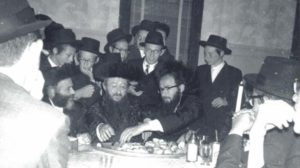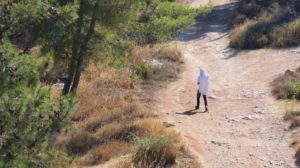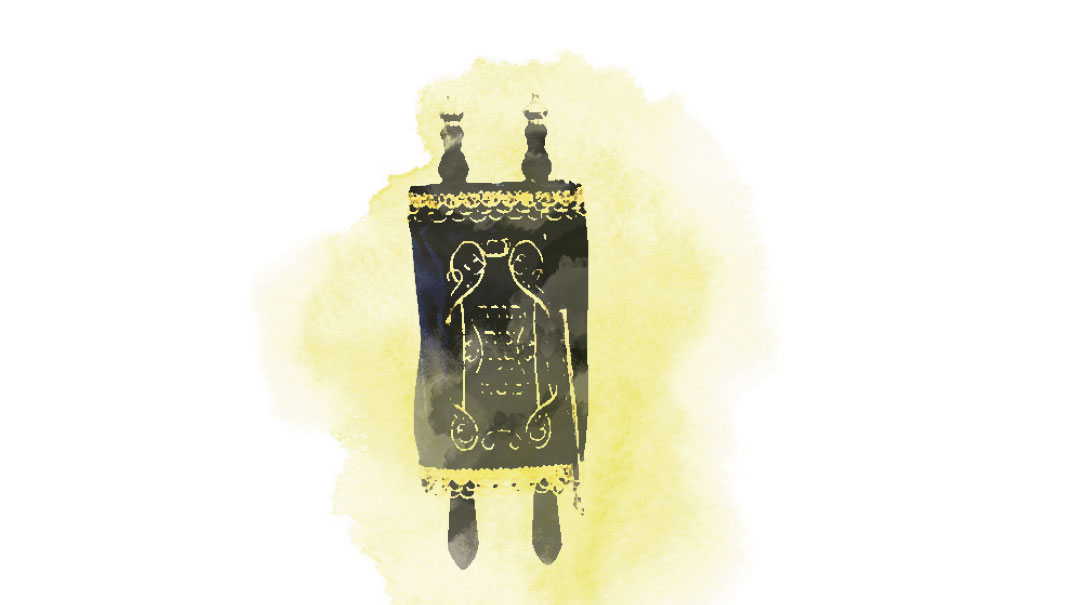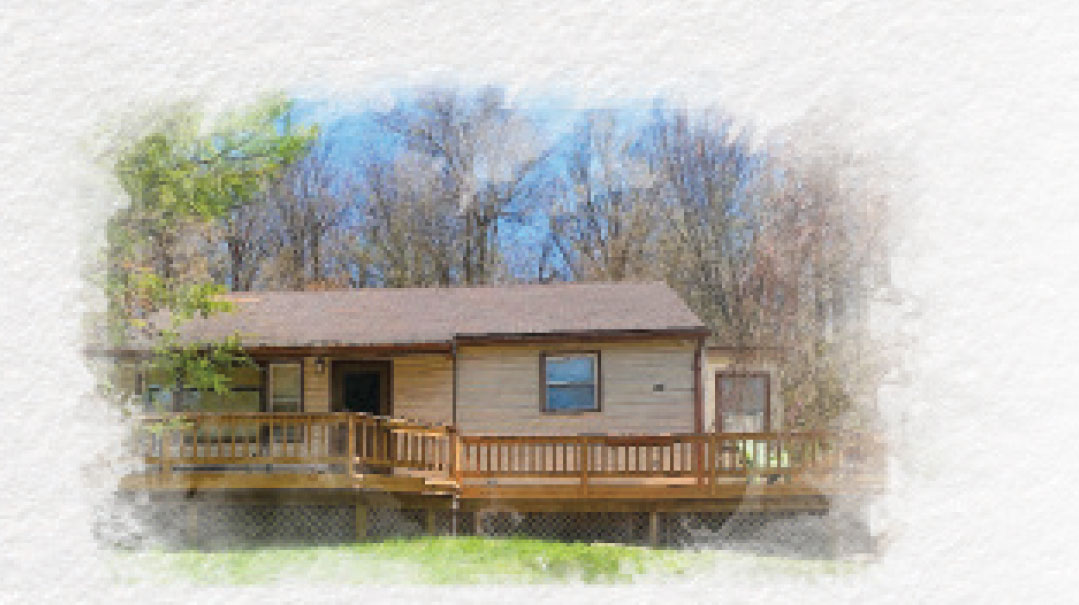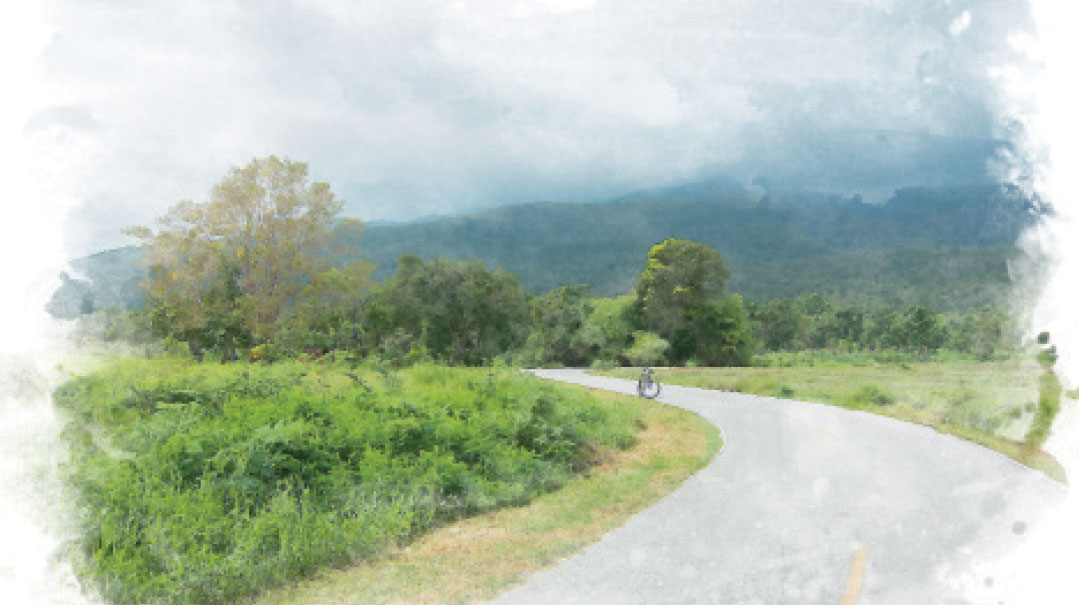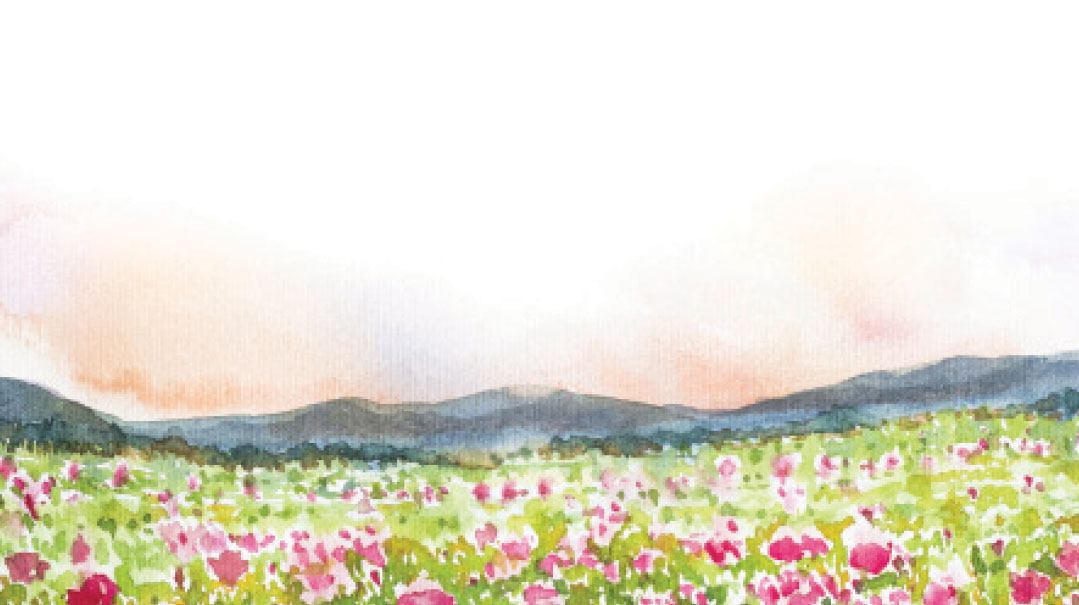Atop a Mountain

When cabin fever hits, some of the most surprising excursions aren’t too far from your own backyard

We’d finished doing all the things.
Rock painting and regular painting and wall painting (without parental permission), hook loom and puzzles and games. We’d done all the crying and said all the “Mommy, I’m boreds” that could possibly be said.
We’d watched our neighborhood of Neve Yaakov, home to the largest population of children in all of Jerusalem’s neighborhoods, go silent as a tree trunk on a blistering summer day. We’d scurried like thieves to take out the garbage, we’d seen police drones hover overhead and listened to loudspeakers blare loudly to stay inside — no walks, no bikes, no ball. And miraculously, at the very point when we’d done every single indoor thing we could possibly think to do, a tiny bit of air came seeping through concrete walls. The ban on venturing more than 100 meters from one’s front door was lifted.
Maybe he sensed the change, or maybe he was simply done, but my ten-year-old son who’d managed well during the days of lockdown was suddenly losing it. I took one look at him and asked my husband to watch the other kids.
“But where will you go? Everything’s closed,” he said.
“No clue.”
I told my son to bring some snacks and water and to follow me.
“Where are we going?” he asked.
“No clue,” I answered.
I started driving. The simmering boy next to me crossed his arms and burrowed deep into the seat.
We drove up a large hill that overlooks a deep crease in the earth and separates my neighborhood from the next one. The little canyon is filled with a miraculous forest, uniquely positioned at the edge of the desert, teeming with gazelle and hyraxes and history. On the other side of the valley sits a mountain — okay, more like a large hill, but a most mountainy-looking hill, shaped like a smooth scoop of ice cream. For some reason, the place has always fascinated me. I even looked up the spot on Google Earth once but found little information, only that the top of the hill was an archaeological site open to the public.
“Where are we going?”
His voice was brimming with the frustration of an outside boy who’d just spent two months living as an inside boy.
I looked at him and I looked at the mountain and I thought to myself, there may never be another now, when we’ve done all things that could possibly be done. When my schedule is this clear —devoid of appointments and social engagements and homework and playdates. There may never be a moment when the sky is this exact shade and the setting sun swells the shadows just so and the lingering light trickles perfectly through the branches laced with baby green leaves. There may never be a moment in time when I’m as available as I am right now to do something this random.
And with that realization, I said, “Let’s go see what’s at the peak of that mountain.”
I pointed out my window.
He raised an eyebrow in disbelief.
“The hill with the trees on top that look like animals?”
I stared out the window toward the perpetually windswept coniferous pines and suddenly saw a camel, a giraffe, a horse.
“Yeah. That one.”
“Okay, let’s go.”
He smiled.
Somehow we figured out how to get there. I parked the car at the base and we started out; he in his sturdy sneakers, me in my flimsy ballet flats and sheitel. At first there were steps and neatly manicured paths, and the incline was steep but doable. Then the path disappeared and we faced stalks of thick prickly grass, thorns, flies, wasps, and huge rocks.
“There should like… be a trail!” I called out breathlessly as he ran ahead, easily navigating the terrain.
He laughed, a glorious tinkling sound I hadn’t heard for a while.
I stopped.
“How much longer until the top?” I whined. Apparently over the past two months, I’d forgotten how to move.
He ran ahead, then came back. “We’re almost there!”
Somehow I made it. At the top we found no ruins, no remains of a Templar castle, no ancient shul. All we found were deep pits covered with grates. They could have been ancient mikvaos or burial places, but there were no signs of explanation.
And then we looked at the view. My son’s eyes lit up. It seemed as if we could see the whole world. We saw the faintest hint of the Dead Sea to the southeast, the stark peaks and dips of Midbar Yehudah against the outline of the Jordanian mountain range tinged in deep navy. We saw the road up to Ramallah in the north, Jerusalem sprawled behind us to the south.
They say that once, a long time ago, parts of the Ketores were cultivated in this area. That the ancient wine press sitting in the woods below us dates back to the period of Bayis Rishon. They say they found an old highway connecting the road and the watershed before us, that our ancestors walked this way as they were led out of Jerusalem and brought to Bavel. They say that Yirmiyahu Hanavi was born just a few hills from this spot, that Shmuel Hanavi lived a hop to the west and Shlomo Hamelech just a drop south.
They say that sometimes comfort comes from unexpected places. I wasn’t expecting it, but I found tremendous solace in remembering the footsteps that came before us. The big steps and little ones, the uphill journeys and the smooth ones. History enveloped us; atop the mountain I had a sudden sense that time itself is less linear than we think. That once, a short long time ago, another mother and son trekked up here to dream dreams and trace footsteps and breathe in the beauty of Eretz Yisrael. And sometime soon, we might come back to this peak to watch the masses converge upon Jerusalem, millions of feet in unison.
But until then, we’ll continue to climb.
(Originally featured in Mishpacha, Issue 816)
Oops! We could not locate your form.


